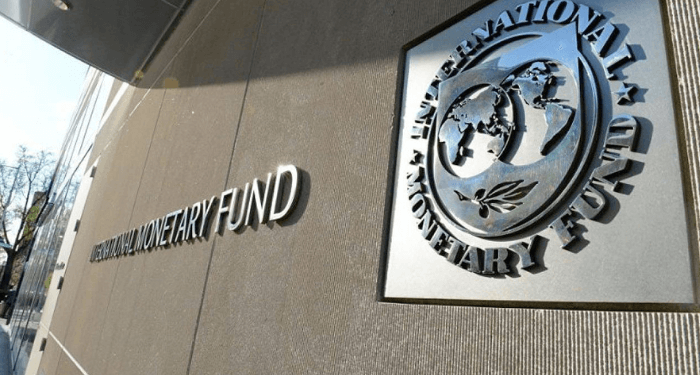IMF Says Italy’s Resilience Masks Long-Term Risks; Calls for Faster Consolidation and Reforms
Italy’s economy has shown unexpected resilience amid a fragile global backdrop, but longer-term growth is constrained by low productivity, skill shortages and a shrinking, ageing population, Lone Christiansen, mission chief for Italy at the International Monetary Fund (IMF), told IMF Country Focus.
Despite trade tensions and external uncertainty, Italy recorded a primary surplus of 0.4 percent of GDP last year — a better-than-expected fiscal outturn — and GDP growth of 0.7 percent, supported chiefly by investment, Christiansen said. Strong implementation of the government’s National Recovery and Resilience Plan (NRRP) and an improving labour market, including a rise in permanent contracts, were key drivers of the performance.
“Investment was one of the key factors that supported growth… in particular through strong implementation of the NRRP,” Christiansen said, adding that the share of employed people in the working-age population reached a record high even as trade uncertainty increased.
The IMF projects growth to slow to 0.5 percent this year, before picking up modestly to 0.8 percent in 2026 as major NRRP infrastructure projects are completed. The fund flagged Italy’s diversified export base as a partial buffer against shocks, but warned that the country’s heavy exposure to global trade makes it vulnerable to tariffs and trade disruptions.
“Recent data already indicate that trade is being impacted,” Christiansen told IMF Country Focus, citing the risk of new US tariffs and the potential for commodity price shocks from intensifying regional conflicts. Extreme weather was also flagged as a downside risk for agriculture and tourism.
Two deeper, structural constraints underline the IMF’s caution: demographic decline and persistently weak productivity. The working-age population is projected to fall by double digits between 2024 and 2050, a demographic shift that will compound Italy’s longstanding productivity weaknesses and squeeze the pool of skilled workers available for innovation.
To address these issues, the IMF urges a broad package of reforms to lift participation and productivity. Christiansen recommended policies to boost women’s labour participation — including expanded childcare and tax reforms to remove disincentives for dependent spouses — and measures to strengthen human capital through education and on-the-job training. Policies to help small innovative firms scale and to accelerate adoption of new technologies were also highlighted.
The IMF estimates that a combined set of reforms — raising female participation, improving skills and increasing productivity — could lift average annual growth by 0.1–0.4 percentage points over 2025–2050.
On fiscal policy, the IMF welcomed last year’s primary surplus but recommended faster consolidation to reduce Italy’s very high public debt, which stood at around 135 percent of GDP last year. The fund projects that interest rates on public debt will exceed economic growth, making debt stabilisation more difficult over time and placing pressure on public spending for pensions and healthcare.
“To reduce debt and bolster investor confidence, the IMF recommends delivering somewhat more consolidation than planned this year and next — reaching a primary surplus of about 3 percent of GDP by 2027,” Christiansen said. The fund proposed a consolidation strategy focused on improving tax compliance, rationalising tax expenditures (such as inefficient hiring subsidies), phasing out certain preferential flat-rate regimes for the self-employed, and reducing public guarantees.
Christiansen also pointed to barriers to corporate growth: limited numbers of innovation leaders, weak business dynamism, and difficulties for small firms in accessing venture capital. National policies to ease scaling and attract risk capital should be complemented by deeper EU integration, she argued, including further progress on the single market and the capital markets union to expand market size and financing options.
“EU-wide initiatives on AI and frontier technologies, and reforms to boost labour mobility, would reinforce national measures and help close Italy’s innovation gap,” Christiansen said.
Italian authorities, she noted, have made progress: NRRP projects are advancing, judicial reforms aim to cut court backlogs, and tax-compliance measures are under way. But the IMF’s message is clear: sustaining resilience requires a faster pace of structural reform and front-loaded fiscal consolidation to secure long-term growth and debt sustainability.








